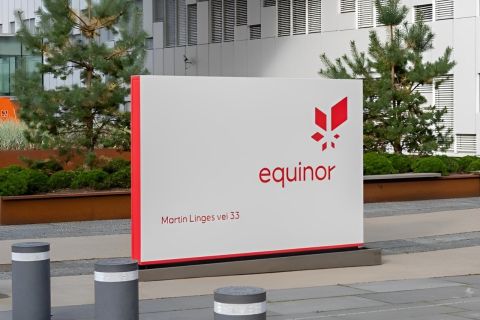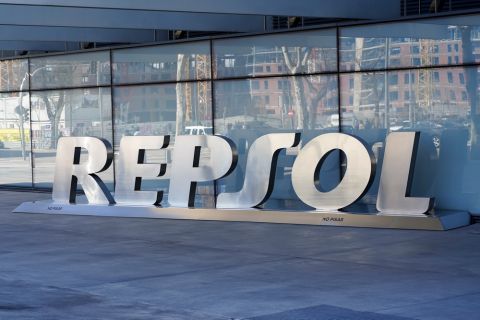With U.S. natural gas prices strong, and projected to remain robust throughout the year, coalbed-methane (CBM) projects are advancing in many of the coal-rich domestic basins. Areas that suffered from unclear economics at prices of $3 per thousand cubic feet (Mcf) are solidly commercial at the $6 prices producers enjoy today. "We are seeing a proliferation of activity in CBM," says Brian Akins, KeyBanc Capital Markets. "We have recently met with people who are working hard on CBM projects in the Appalachian and Illinois basins, and throughout the Rocky Mountain basins, among others. There is a tremendous amount of activity." KeyBanc has been actively involved with CBM producers, particularly on the IPO front. Last fall, it took Warren Resources public, acting as the sole book-running manager of the offering. Jefferies & Co. Inc. and Sanders Morris Harris Inc. were co-managers, and A.G. Edwards & Sons Inc. and Legg Mason Wood Walker Inc. were also underwriters. Warren, based in New York, has some 260,000 gross acres of CBM leases in its Atlantic and Pacific Rim projects in south-central Wyoming's Washakie Basin and in its LX Bar project in eastern Wyoming's Powder River Basin. Its proved reserves at year-end 2004 stood at 103 billion cubic feet equivalent (Bcfe), and during the year it produced 1.2 Bcfe. In its 2005 program, it expects to drill 21.3 net wells in the Washakie Basin and six net wells in the Powder River Basin. The Warren IPO proved that the market was amenable to CBM-only projects in early stages. Warren had little cash flow or production from its Washakie Basin properties, but the market was receptive nonetheless. "The market trades CBM companies at better than 10 times cash flow, versus five times cash flow for typical E&P companies," says Akins. "Right now the markets are very open." That's because CBM is perceived as one of the few sources of domestic gas growth. From a position of supplying about 3% of the reserve base in the U.S. in 1990, CBM has moved up to about 10% in 2003. "We don't foresee a flattening of that curve," he says. "We expect continued growth as CBM becomes more and more significant as part of the total gas supply." A number of companies that watched the Warren transaction are now looking at their own asset bases to see if it makes sense to go public. Investors should be careful in spite of the general euphoria surrounding CBM. The small CBM companies could experience difficulties living up to expectations, given the premium that is already built into their prices. "Right now the price environment is very good, but the economics are dependent on prices and timing, and CBM timing is sometimes an issue." CBM has advantages and drawbacks, as does any play. Finding costs are very reasonable, in the range of 25- to 75 cents per Mcf. Reserves generally fall between 150 million to 2 Bcfe per well, and drilling and completion costs are usually not too stiff. If gas prices should fall from present heights, however, investors should be aware of some of the fixed-cost portions of the play. "While many areas work very well at $6 gas prices, certain plays will only work at $3 to $4 prices if they are large enough to offer economies of scale." Operating and infrastructure outlays can be sizeable. Water-handling expenses can be considerable, depending on the volumes of water that particular coals produce. Costs for environmental compliance can also be weighty. Akins offers some steps investors looking at CBM companies should follow. "First, evaluate the technical merits of the coal play, such as the thicknesses, gas content and permeability. That defines the productivity and reserves per well." Next, the extent of the acreage position should be considered, and the amount of additional acreage that is available in the area. Completion techniques, dewatering times, water-disposal situations and available infrastructure also should be examined. Finally, investors should familiarize themselves with environmental regulations and permitting hurdles and timetables for the projects, particularly in plays that feature federal acreage. If environmental impact statements or environmental assessments are needed for development to proceed, considerable time delays may be experienced.
Recommended Reading
Equinor Says EQT Asset Swap Upgrades International Portfolio
2024-04-30 - Equinor CFO Torgrim Reitan says the company’s recent U.S. asset swap with EQT Corp. was an example of the European company “high-grading” its international E&P portfolio.
CNX, Appalachia Peers Defer Completions as NatGas Prices Languish
2024-04-25 - Henry Hub blues: CNX Resources and other Appalachia producers are slashing production and deferring well completions as natural gas spot prices hover near record lows.
TPH: Lower 48 to Shed Rigs Through 3Q Before Gas Plays Rebound
2024-03-13 - TPH&Co. analysis shows the Permian Basin will lose rigs near term, but as activity in gassy plays ticks up later this year, the Permian may be headed towards muted activity into 2025.
Repsol to Drop Marcellus Rig in June
2024-04-26 - Spain’s Repsol plans to drop its Marcellus Shale rig in June and reduce capex in the play due to the current U.S. gas price environment, CEO Josu Jon Imaz told analysts during a quarterly webcast.
CEO: Continental Adds Midland Basin Acreage, Explores Woodford, Barnett
2024-04-11 - Continental Resources is adding leases in Midland and Ector counties, Texas, as the private E&P hunts for drilling locations to explore. Continental is also testing deeper Barnett and Woodford intervals across its Permian footprint, CEO Doug Lawler said in an exclusive interview.





